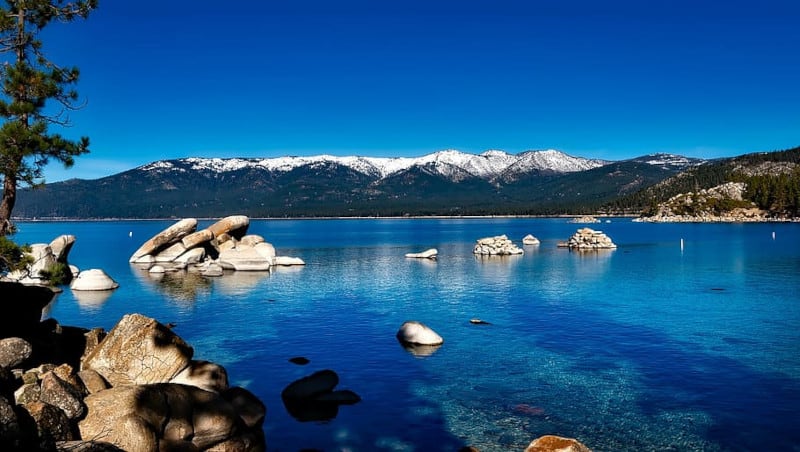
Lake Tahoe Facts
- The deceptively simple name of Lake Tahoe serves as the english language name of this breathtaking creation of natural processes. This also constitutes the only currently accepted moniker for the natural marvel. That distinctive term, however, derives from a much older one.
- The ancient Native American inhabitants of the surrounding region long knew of its existence. In fact, the breathtaking actually lake served as the heart of the territory of the Washoe people. In their own native tongue, this true masterpiece of Nature bore the name of Dáʔaw.
- Understandably, several areas bordering the lake today still represent sacred sites to the tribe. One particularly large rock formation on the southeastern shore continues to be especially important to that group. Today, unfortunately, a highway tunnel now passes through it.
- European explorers, though, did not learn of existence of this geological masterpiece until much later. Lt. John C. Fremont became the first recorded non-native to see this geologic marvel. He encountered it during his second expedition to the region on February 14, 1844.
- Between the years 1880 and 1930 multiple attempts to have the site declared a National Park took place. Sadly, however, multiple factors prevented that approval from happening. In modern times its stunning natural beauty makes it an extraordinarily popular tourist attraction.
- Presently, over 75% of the land surrounding the watershed area of Lake Tahoe comprises National Forest land. The entirety of that region’s presently being overseen by the Lake Tahoe Basin Management Unit. That, in turn, represents a division of National Forest Service.
Related Articles
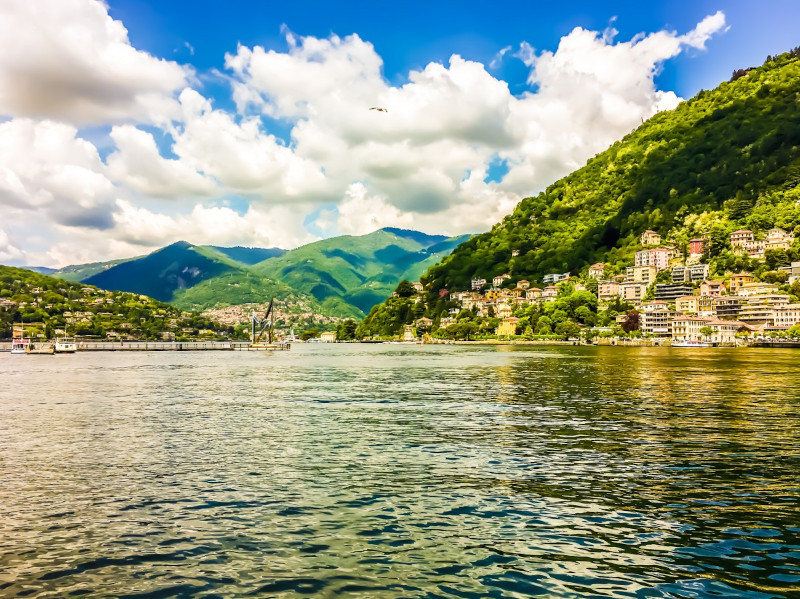
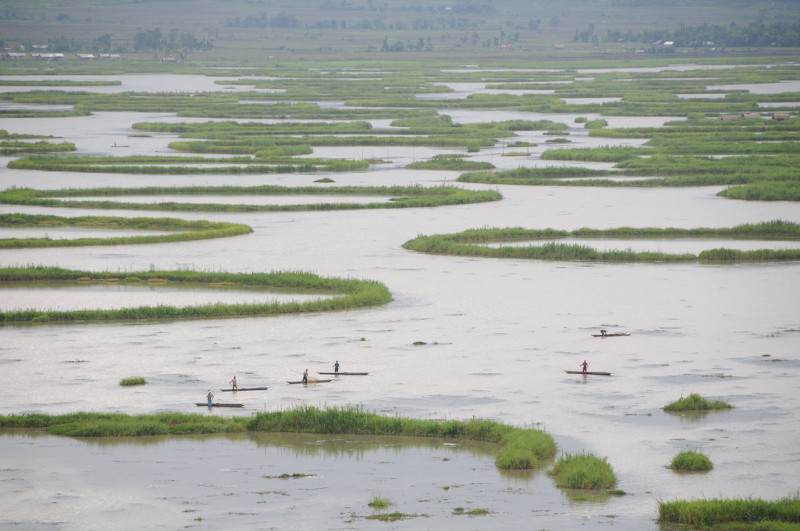
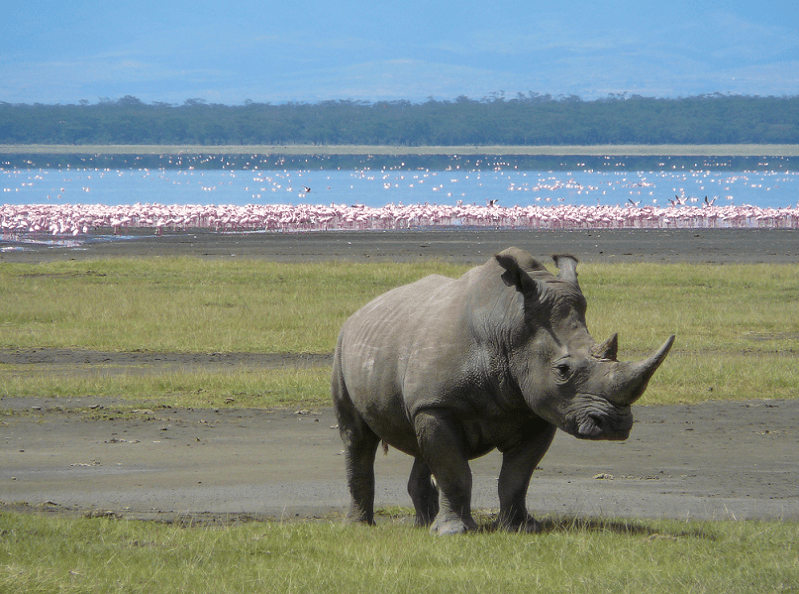
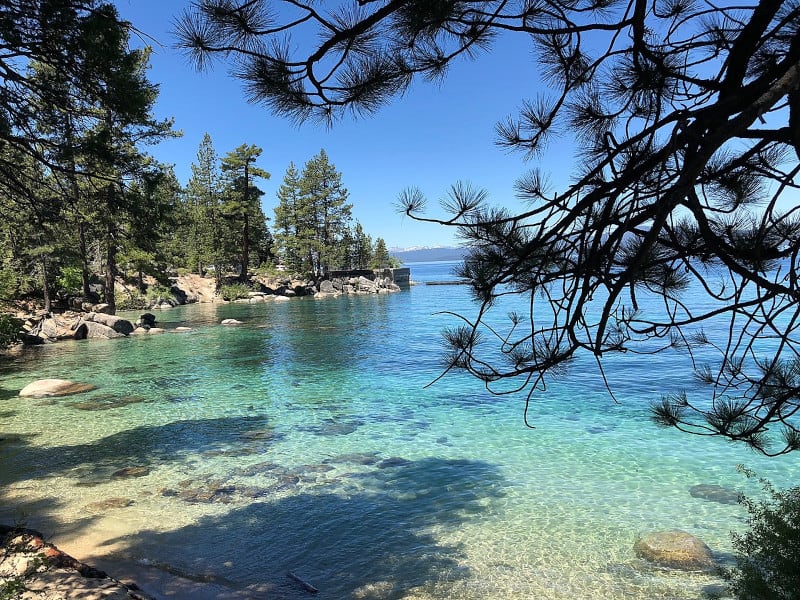
CCL: https://bit.ly/3LB99gP
Lake Tahoe Physical Description
The mesmerizing Lake Tahoe instantly captivates those individuals fortunate enough to visit the stunning site. Unlike some other locations, though, it does so for more than one reason. In its case, this body of water, and its surrounding terrain, impresses due to both beauty and size.
Its sheer physical dimensions clearly represent one of these statistics. To put this particular aspect into perspective, after only the Great Lakes themselves, this site holds thre greatest volume of any lake in its country. Its depth also ranks it as the second deepest within the same region.
The beautiful freshwater body currently boasts a maximum known depth measuring 1,645 ft (501 m). The formation also has an equally impressive average depth. This equates to approximately 1,000 ft (300 m). That makes this specific body of water the 16th deepest known lake on earth.
These statistics additionally rank it as the 5th deepest in the entire world in terms of average depth. In its region, only Crater Lake, itself a wonder of Nature, surpasses it in this category. Its overall surface area doesn’t fail to amaze, either. This totals an astounding 191 sq mi (490 sq km).
The overall shape of the gorgeous Lake Tahoe further displays a notably greatly elongated structure. This measures approximately 22 mi (35 km) in length and about 12 mi (19 km) in width. Its irregular shape and winding outline provide it with an impressive total of 72 mi (116 km) of coastline.

Lake Tahoe Location, Formation, and Ecology
The location of the jewel of geology known as Lake Tahoe probably comes as no great surprise to those who learn of it. That’s due to the fact that it formed in a portion of the globe already renowned for its abundance natural wonders. It formed as part of the continent of North America.
More precisely, this body of water lies within the boundaries of the country of the United States. There, its postion places it in the approximate northwest portion of the country. In point of fact, it roughly straddles the borders between the states of California and Nevada, west of Carson City.
Geological evidence indicates that the mesmerizing freshwater lake originally formed roughly 2 million years ago. It then represented part of what’s now known as the Lake Tahoe Basin. That area formed due to uplift motions by tectonic plates. Three main faults contributed to this action.
Subsequent glacial activity much later inexorably carved out the region as it essentially exists today. That activity ended roughly 15,000 years ago. The underlying rock strata also holds a primarily volcanic origin. Melting snows and rains continue to maintain the fantastic lake in its present form.
The region surrounding Lake Tahoe boasts a striking climate. Summers typically remain relatively dry and warm. The local winters, however, generally present quite chilly temperatures and frequent snowfall. A truly remarkable ecological balance therefore exists within its immediate zone.
Conifer forests dominate its surroundings. Numerous fields and meadows also appear. Several native fish species live in the cold waters of the lake. Bald eagles and North American Beaver also routinely make their homes here. Several known species of bear also live in the surrounding area.
Features Sharing Its Region
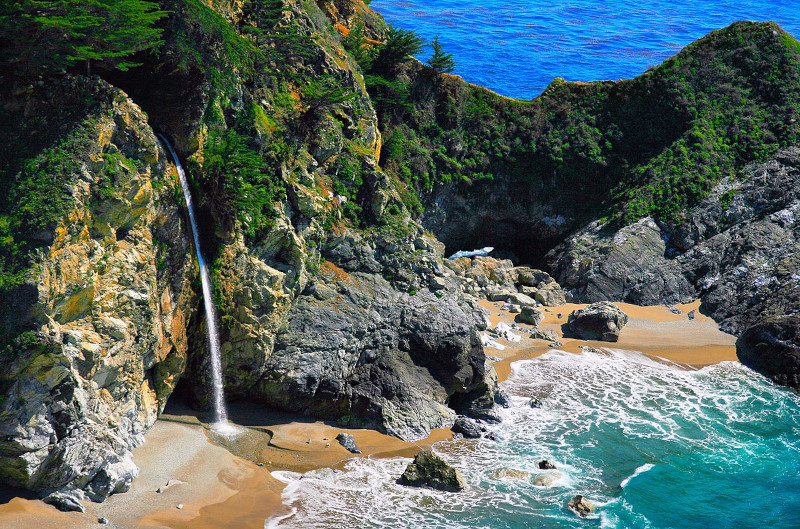
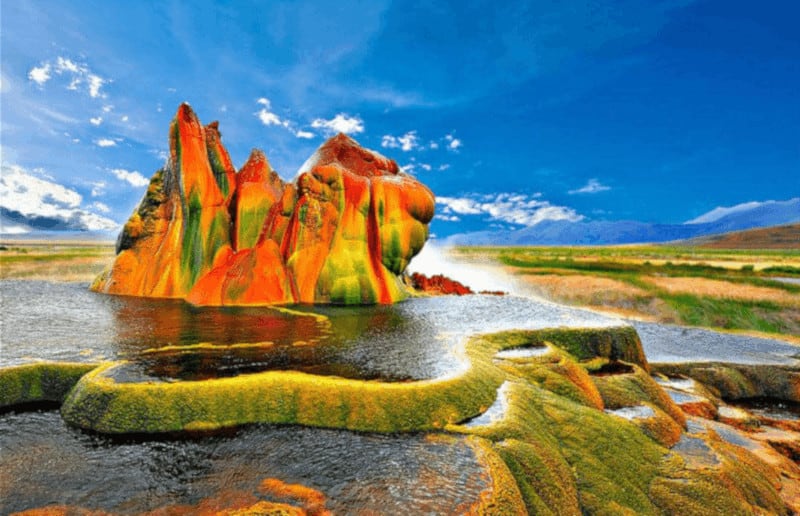
Fly Geyser
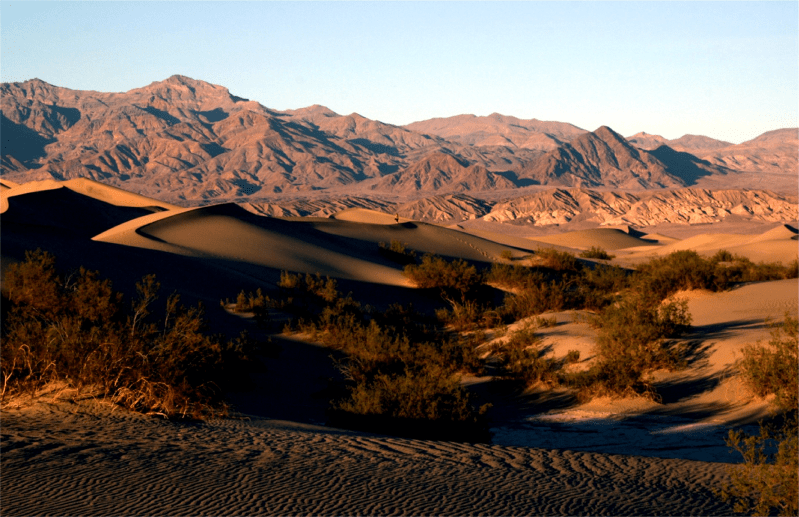
Check out our other articles on Wilson’s Bird-of-paradise, Delhi Sands flower-loving fly, Laguna Verde, Aquatic Centipede, Grizzled Giant Squirrel, Canary Island Date Palm, Gila Monster









Leave a Reply